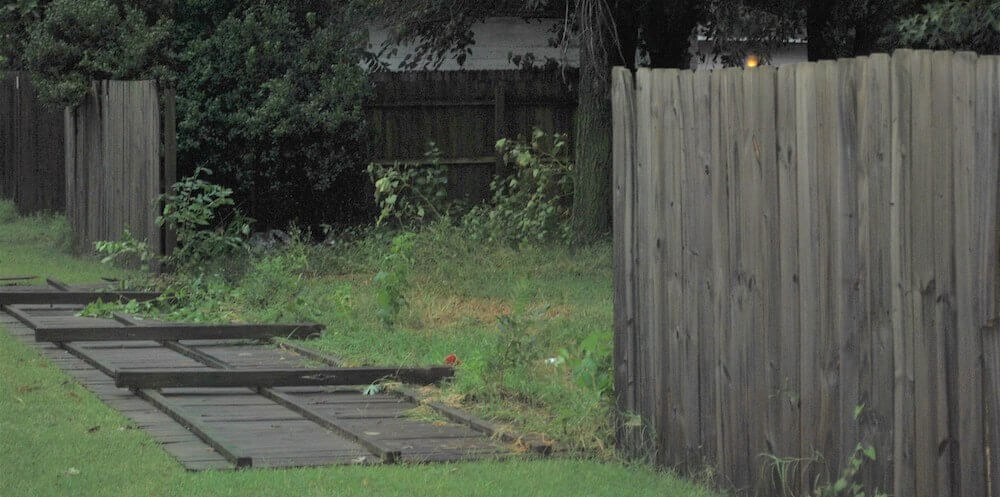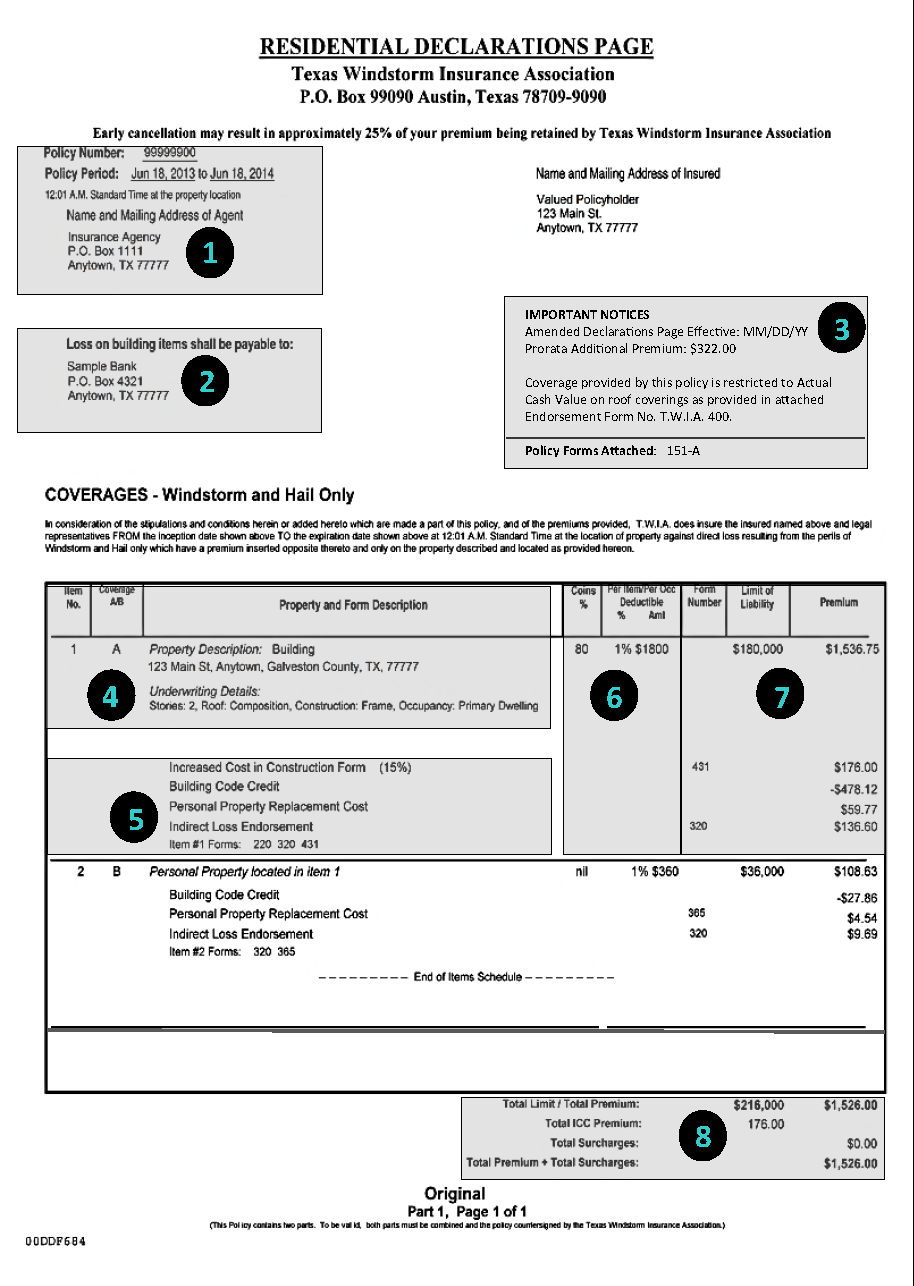John Muir likens the winds to gentle musicians and describes the metallic click of a leaf on leaf as one of the many beautiful sounds that a windstorm in the forest can produce. He also notes the character of each individual tree during a wind storm and compares it to a piece of music. The varying tones of each tree also contribute to the musical experience of a windstorm in the forest.
Silver Pine
The scientific name for the Silver Pine is Pinus ponderosa; it is also known as the Yellow Pine. The Silver Pine is the second-largest of the Sierra pines, and is second only to the sugar pine in port and stature. Its range is far larger than any other conifer, extending almost to the timber line. The Silver Pine’s growth habit favors sparse planting, so that its leaves are blown to all sides during a windstorm.
This tree is native to eastern Canada and the northeastern United States. Its range extends across southern Canada, including Newfoundland, the Gaspe Peninsula of Quebec, central Ontario, and extreme southeastern Manitoba. It is present in every county in New York State, as well as counties within the Adirondack Park’s Blue Line. Its bark changes color as the tree grows older. Its spires are 200 feet tall.
Sugar Pine
The trees that make up Sugar Pine forest are remarkably beautiful. They grow to more than seventy-five meters tall. While rare in pure stands, the trees tend to dominate the older, old-growth forests. A recent windstorm in the forest knocked down over 20 of the tallest sugar pine trees. Despite the wind, no one was hurt, despite the pine cones whizzing by. But they aren’t the only thing that can ruin a beautiful mountainside.
The dates for cone opening vary from late August to early October depending on the elevation. Mature trees produce a large number of seeds in a single cone, averaging about 150 seeds per cone. Sound seeds constitute about seventy-five percent of sugar pine seeds, although the percentage can fall as low as twenty-eight percent. Pollination occurs between late May and early August. Female strobili are approximately one to two inches long at pollination, but they may double in size by the growing season.
Yellow or Silver Fir
The most common tree to be uprooted in a windstorm is the Yellow or Silver Fir. These trees are often very large and can reach a height of 200 feet. Because of their long, horizontal arms, they can swing around like fluffy algae during storms. Silver Firs are also common but their ranks are often kept together. This means the Yellow or Silver Fir is more likely to be uprooted than any other Sierra tree. This is due to its large leaves in proportion to its height, and sparse planting. This leaves an open lane for windstorms.
The damage from this windstorm can be categorized into three zones. The lower zone is where the winds are meeting the woods. The middle zone is where the winds are interacting with the forest’s vegetation. Both zones are affected equally, but some are more severely than others. The Olympic National Forest has suffered minimal damage. The damage from this storm is reflected in the percentages of yellow and silver fir in the forest.
Silver Fir
The Pacific silver fir is an extremely variable species, displaying a wide range of height growth rates and climates. In southern British Columbia, the species typically reaches a height of 40 to 150 feet. In Washington, it grows to 18 to 24 meters. These trees are also known for their ability to tolerate low light levels and emerge in stands that are all aged. But the Pacific silver fir has been under threat from logging and other human interventions in recent decades.
The Pacific silver fir is native to the high mountains in Washington, Oregon, and Washington, with the highest elevations occurring in the Olympic Mountains. It can reach up to 6,000 feet, but is almost completely absent at lower elevations. In the Cascade Range, this species can reach heights of 240 meters. In the Klamath Mountains, however, it can reach elevations of more than 6,000 feet.



